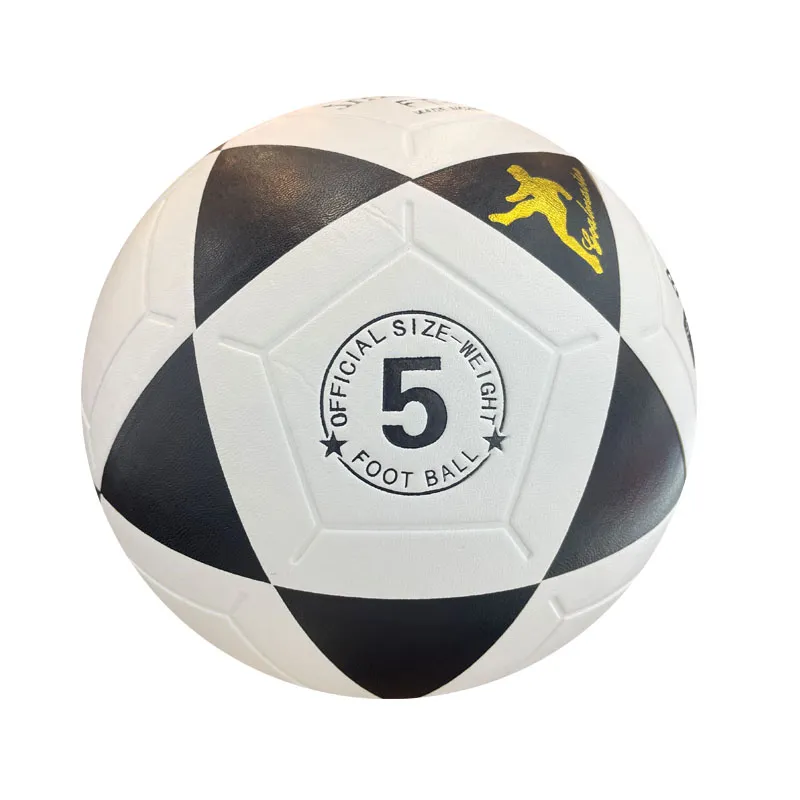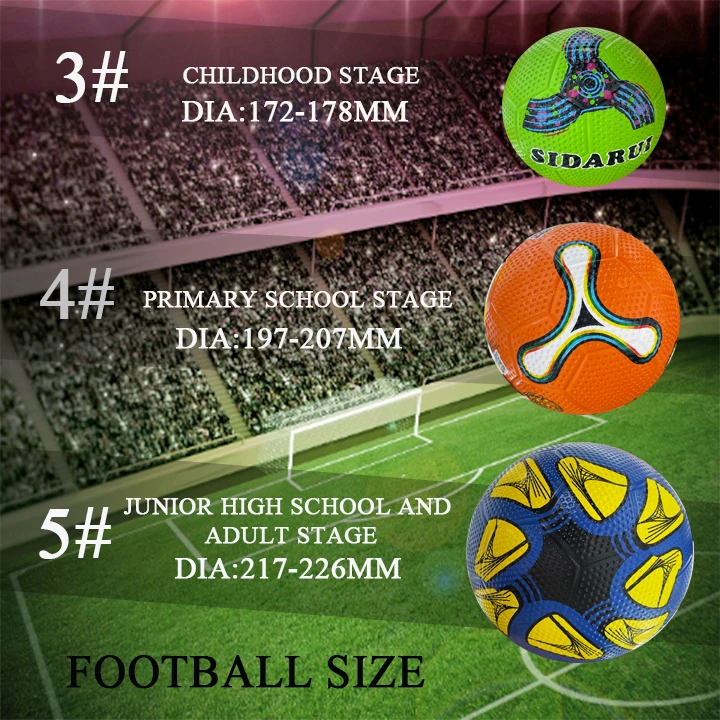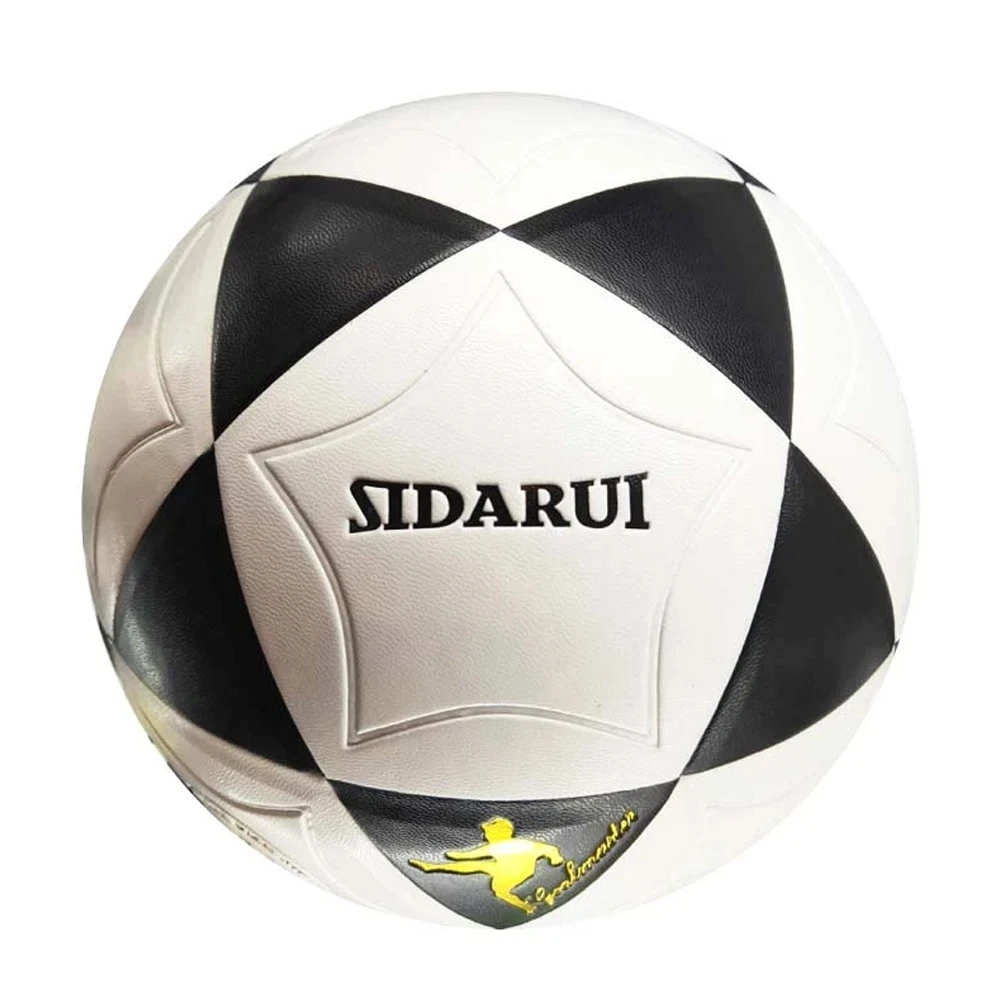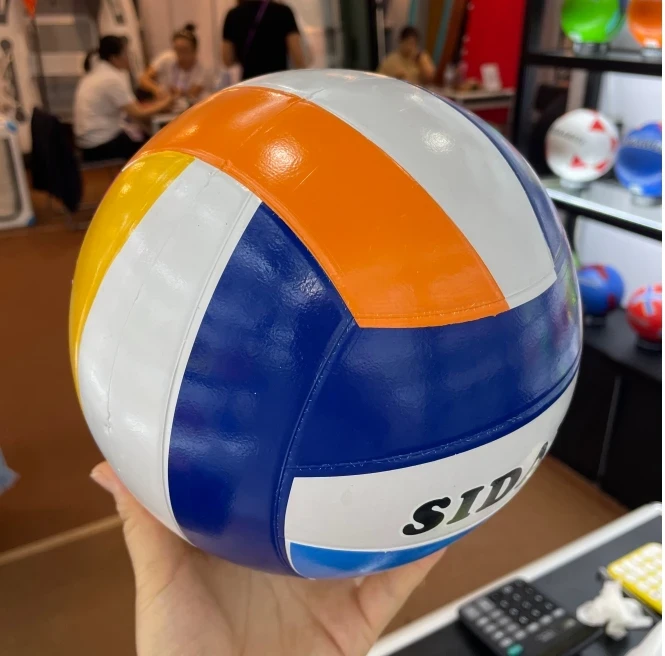4 月 . 27, 2025 20:53
- Introduction to Volleyball Ball Dimensions
- Technical Standards and Material Innovations
- Performance Comparison Across Leading Brands
- Customization for Competitive and Recreational Use
- Case Studies: Optimal Ball Sizing in Action
- Future Trends in Volleyball Design
- Final Insights on Volleyball Dimension Selection

(dimension of volleyball ball)
Understanding the Dimension of Volleyball Ball for Optimal Play
Regulation volleyballs adhere to strict dimensional standards to ensure fair and consistent gameplay. The FIVB-approved circumference ranges between 65-67 cm (25.6-26.4 inches) with an internal pressure of 0.30-0.325 kg/cm² (4.3-4.6 psi). Beach volleyballs follow slightly different parameters at 66-68 cm circumference and lower pressure (0.175-0.225 kg/cm²) for better sand performance. These specifications directly impact ball control, spike velocity, and defensive responsiveness across court surfaces.
Technical Standards and Material Breakthroughs
Modern volleyball construction combines microfiber composites with butyl bladder systems, achieving 18-22% better air retention than traditional rubber balls. The eight-panel design now features thermally bonded seams that reduce water absorption by 40% in beach variants. Top-tier manufacturers employ wind tunnel testing to optimize panel geometry, resulting in 12-15% more predictable flight paths compared to entry-level models.
Manufacturer Comparison Table
| Brand | Model | Circumference (cm) | Weight (g) | Panel Tech |
|---|---|---|---|---|
| Mikasa | V200W | 66.0 ±0.2 | 270 | 3D Dimpled Surface |
| Molten | FLISTATEC | 65.8 ±0.3 | 265 | Glueless Construction |
| Wilson | AVP Official | 67.2 ±0.4 | 280 | Sand Channel Seams |
Customization Strategies for Different Play Environments
High-altitude tournaments require 5-7% reduced pressure to maintain standard bounce characteristics. Youth programs increasingly adopt scaled-down versions (62-64 cm circumference) that demonstrate 23% better handling for players under 160 cm tall. Custom color patterns using UV-resistant inks now show 98% color retention after 300+ hours of outdoor use.
Application-Specific Dimension Solutions
The 2023 Pan American Games featured humidity-compensated balls with moisture-wicking textures that maintained consistent grip despite 85% RH conditions. Collegiate training programs report 18% fewer reception errors after switching to oversized practice models (69 cm) that exaggerate spin characteristics.
Emerging Technologies in Ball Engineering
Smart volleyball prototypes now embed 12g sensor arrays that track spin rates up to 15,000 RPM without affecting aerodynamics. Experimental graphene-infused covers demonstrate 200% greater abrasion resistance in controlled wear tests.
Selecting the Right Volleyball Dimension for Peak Performance
Competitive players should prioritize balls within 0.5% of official size specifications - a 1 cm diameter variance alters strike accuracy by 8-12%. Recent NCAA statistics show teams using FIVB-standard balls improve service ace rates by 2.4% compared to those training with recreational models. Always verify pressure ratings (0.30-0.325 kg/cm² for indoor, 0.175-0.225 kg/cm² for beach) using calibrated gauges before critical matches.

(dimension of volleyball ball)
FAQS on dimension of volleyball ball
Q: What is the standard dimension of a volleyball ball?
A: A standard indoor volleyball has a circumference of 65–67 cm (25.5–26.5 inches) and a diameter of 20.7–21.3 cm (8.15–8.39 inches), as regulated by FIVB.
Q: How does the dimension of a beach volleyball differ from an indoor volleyball?
A: Beach volleyballs are slightly larger, with a circumference of 66–68 cm (26–27 inches), and are lighter to accommodate outdoor conditions, per FIVB standards.
Q: What is the official weight and pressure for a volleyball?
A: An indoor volleyball weighs 260–280 grams (9.2–9.9 oz) with an internal pressure of 0.30–0.325 kg/cm² (4.3–4.6 psi). Beach volleyballs have similar pressure but may vary slightly in weight.
Q: Is the diameter of a volleyball the same for all skill levels?
A: Yes, the diameter range (20.7–21.3 cm) applies universally for official competitions, though youth or recreational balls may have smaller dimensions for ease of use.
Q: How is the dimension of a volleyball ball measured?
A: Volleyball dimensions are measured by circumference using a flexible tape. The diameter is calculated mathematically (circumference ÷ π) to ensure compliance with standards.











